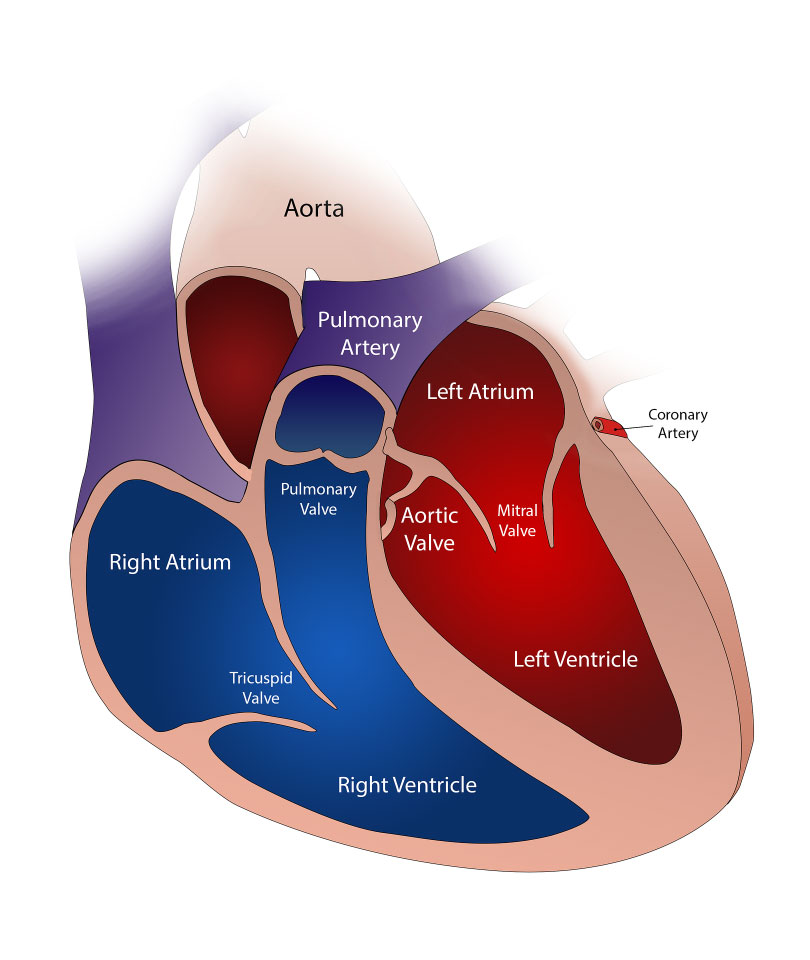Biology µGCSE:The Heart
10 quick questions - for GCSE and iGCSE
10 minutes maximum! Can you do it in 5? |
|||||||||||||||||||
|
The diagram shows a mammalian heart:
|
 Image by burlesonmatthew from Pixabay |
||||||||||||||||||
1. What is the name of the large blood vessel that returns the blood to the right atrium of the heart?
| |||||||||||||||||||
2. Which part of the heart receives deoxygenated blood from the body?
| |||||||||||||||||||
3. Which chamber of the heart pumps blood to the lungs?
| |||||||||||||||||||
| 4. In the diagram the tricuspid valve and mitral valve are open.
Which of the following is true?
| |||||||||||||||||||
5. Which of the following is true?
| |||||||||||||||||||
6+7: Two students were training for a long-distance race. They ran together for 30 minutes and recorded their heart rates every 10 minutes. The results are shown in the table:
|
|||||||||||||||||||
6. After 10 minutes of running, student’s A heart rate had increased by
..
| |||||||||||||||||||
7. What can be concluded from this data?
| |||||||||||||||||||
8. The muscle of the heart requires energy to contract. Which blood vessel supplies the heart muscle with oxygen and glucose?
| |||||||||||||||||||
9. A patient is told that their cholesterol levels are high. Why might this be concerning?
| |||||||||||||||||||
| 10. When a person has angina or a heart attack there may be a blockage in one of the coronary arteries. The muscle tissue of the heart may be respiring anaerobically.
Which substance may build up when the muscle is respiring anaerobically?
| |||||||||||||||||||